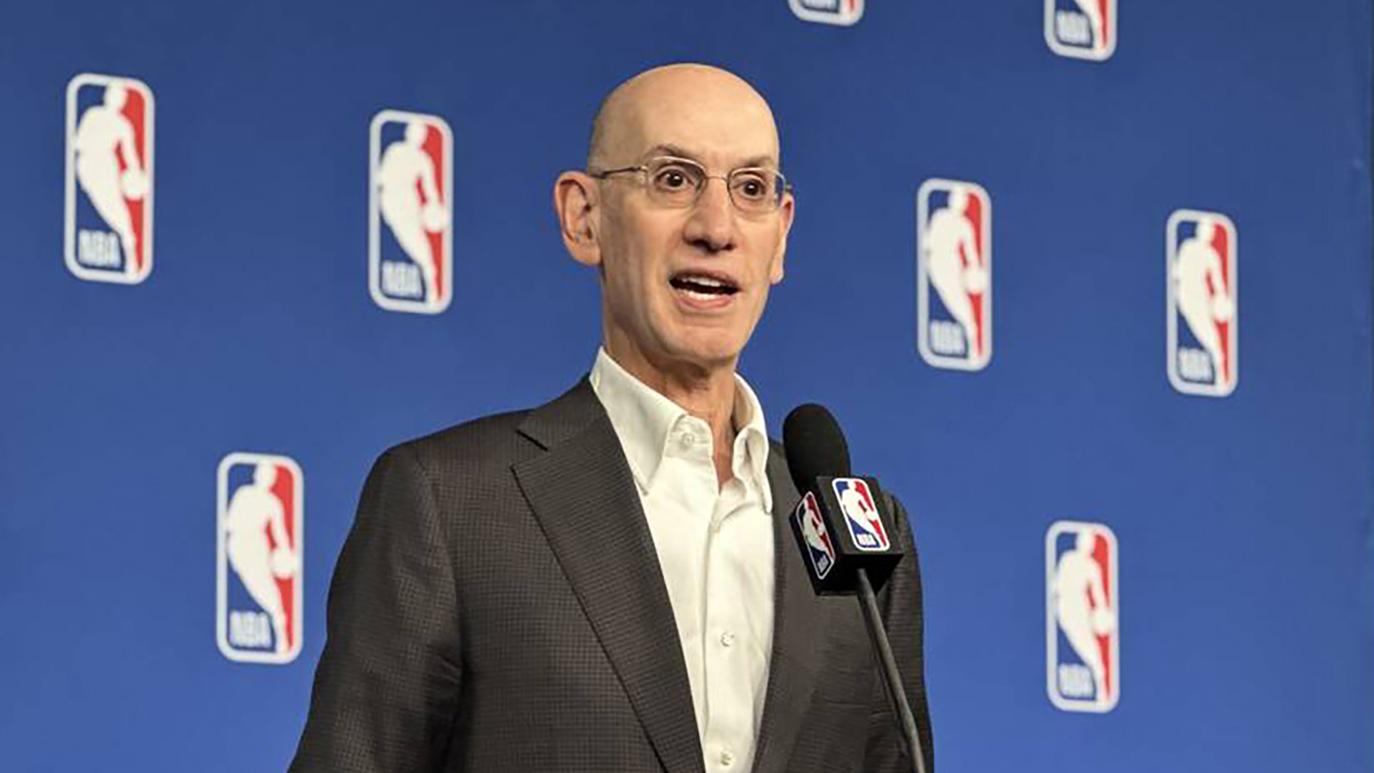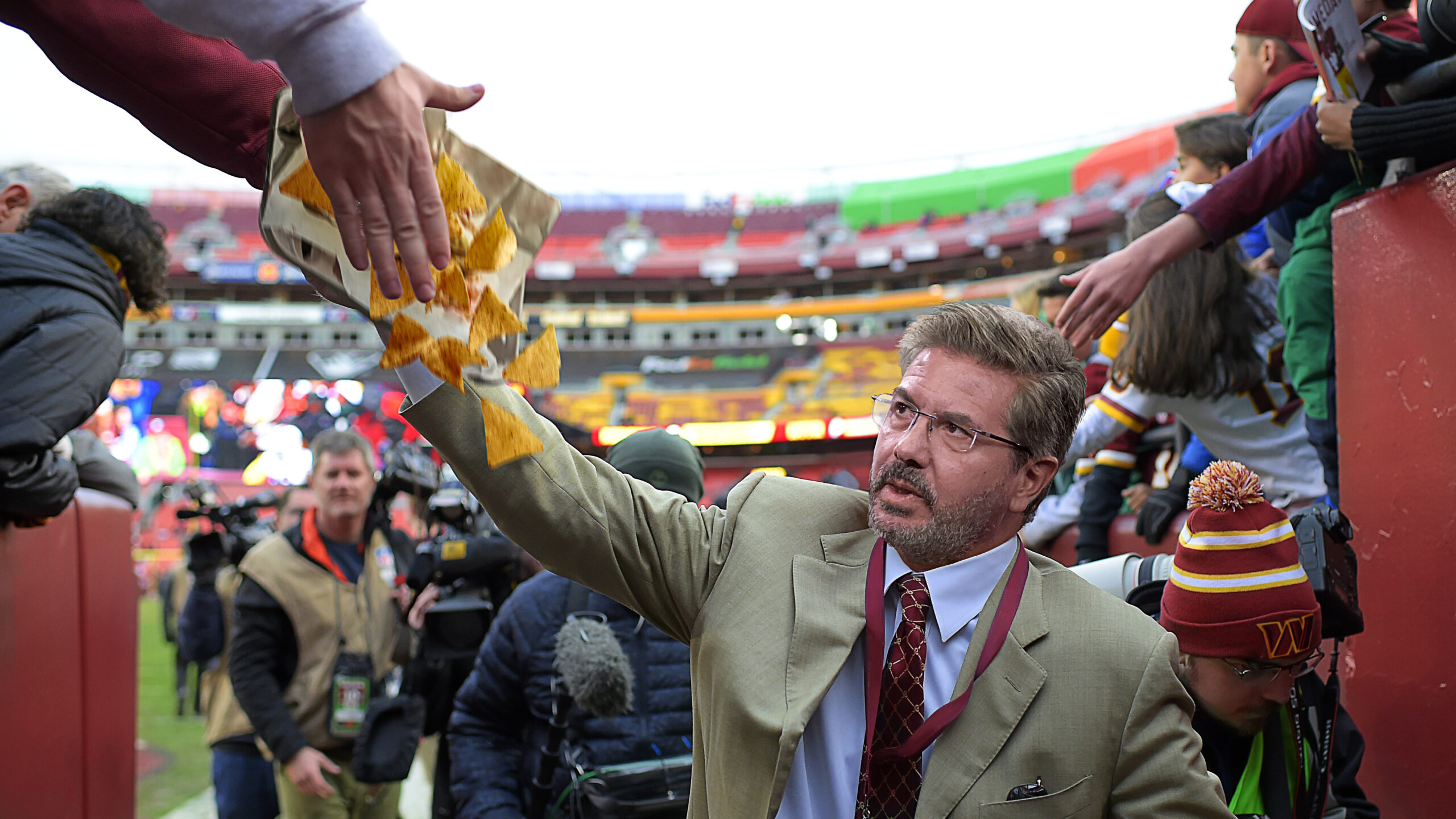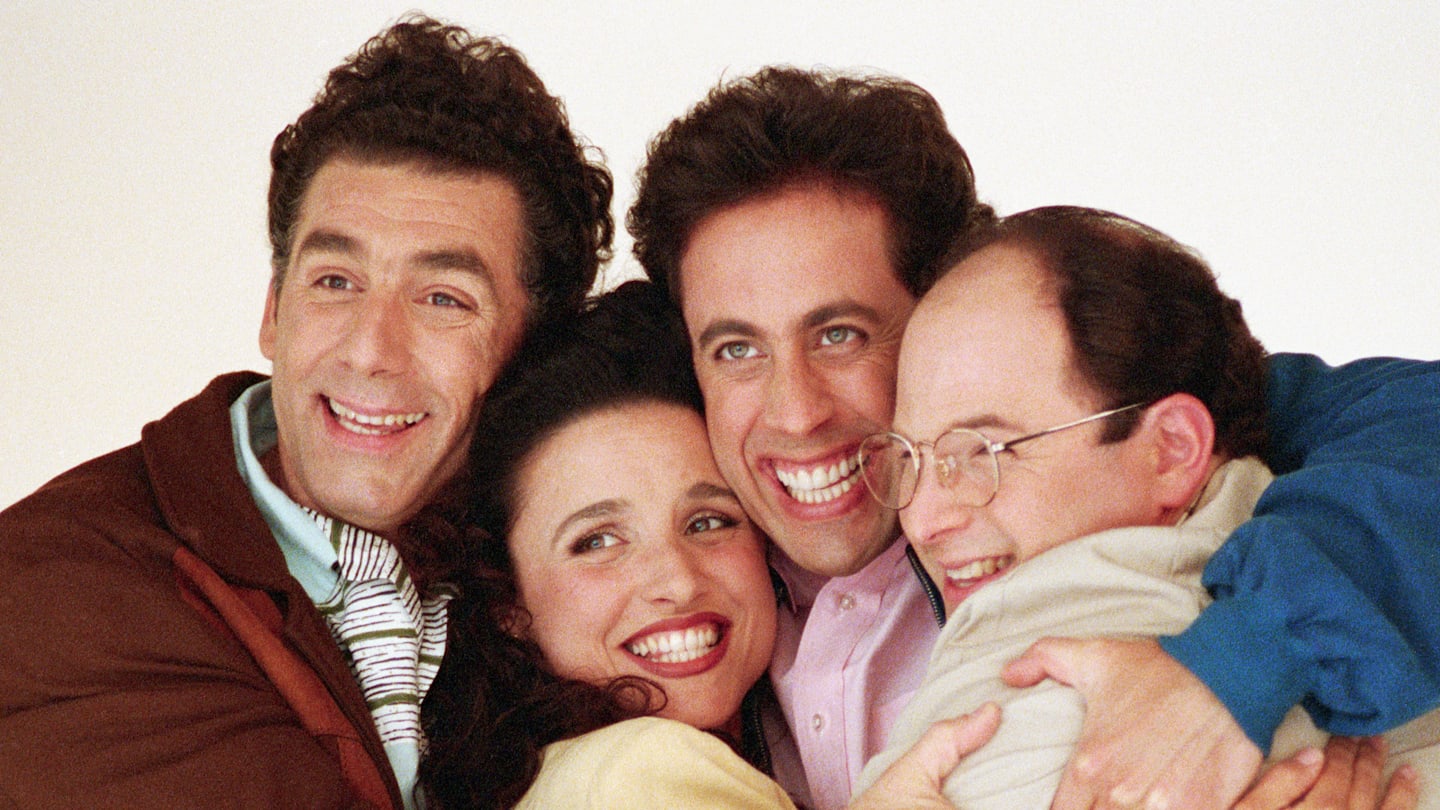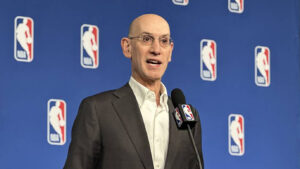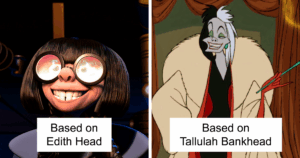The Bold ‘Star Trek’ Kiss That Nearly Got Censored and Changed TV Forever
–>
“Interestingly, the fact that this interracial kiss was going to take place at all didn’t make much of an impression on me at the time,” Nichols wrote in her 1994 memoir, Beyond Uhura. “It’s not as if Gene announced we were going to commit this provocative act, although he certainly knew it would be the first. Given the fact that we were in the 23rd century and that it was quite clear from the story that Kirk and Uhura are kissing against their will, I didn’t see a problem.”
The problem was indeed there, though that didn’t become apparent until it was time to shoot it.
You May Also Like:
A Kiss Isn’t Just a Kiss
Neither Shatner nor Nichols were surprised by the script’s call for the kiss. Both had seen the script, and neither found it concerning or worth remarking upon.
But as they began to rehearse the scene, the episode’s director, David Alexander, appeared to be growing uncomfortable. According to Shatner, Alexander soon called for a break. Not long after, NBC executives were on the set and huddling with the director. There appeared to be great concern over whether the scene should be shot at all.
Both Shatner and Nichols were livid. Nichols attempted to explain to the executives that racism as 1960s America knew it didn’t exist in the show’s time period. The network brought up “the South” and how television stations might refuse to air the episode.
At one point, Nichols recalled to Shatner in his 1993 book Star Trek Memories, an executive proposed that Uhura instead be forcibly kissed by Leonard Nimoy’s Mister Spock, the half-Vulcan of the ship: “Somehow, I guess, they found it more acceptable for a Vulcan to kiss me, for this alien to kiss this Black woman, than for two humans with different coloring to do the same thing. It was ridiculous, absolutely ridiculous.”
In Beyond Uhura, Nichols told a slightly different story, asserting the Spock idea had been broached but was rejected by Shatner, who wanted to have his character involved. Star Trek producer Fred Freiberger offered yet another version, stating in the 2016 Star Trek oral history book The Fifty Year Mission that the Spock idea was in an earlier draft of the script but discarded by producers who had deemed the idea too much of a cop-out. “I said, ‘No, if we have Spock do it, we’re going to have all these people screaming that we didn’t have the guts to have a white man kiss her,’ ” Freiberger said.
Finally, Roddenberry was called to the set. Even though he had by then taken a back seat and left day-to-day operations to others, his status as creator and showrunner worked in his favor. When executives continued arguing, Roddenberry made a concession: They would shoot the scene, but from two different angles. One would be a full-on kiss, while the other wouldn’t show the actual lip-locking, just imply it.
This seemed to placate the executives. Shatner, Nichols, and Alexander did as Roddenberry asked, though they were hoping to delay the second take for as long as possible. According to Nichols, their plan was to run out of time in the shooting day before the off-screen take could be filmed. They were unsuccessful, and Alexander got both shots. (Though Nichols would later say Shatner may have flubbed the second take on purpose by crossing his eyes before going in for the off-camera kiss, rendering it unusable.)
Despite their nervousness, NBC executives didn’t continue to fight the scene. In fact, they changed their stance entirely.
The Undiscovered Country
In a 2016 piece reflecting on the episode, the industry trade publication The Hollywood Reporter dropped an interesting bit of information. Prior to the episode’s original airdate on November 22, 1968, NBC took out an advertisement in the paper promoting the possibility of the interracial kiss. Rather than erase it, the network now wanted to exploit it.
One possibility for that change in thinking was that Star Trek, never a huge ratings winner, was struggling. (The end of the 1968–’69 season would be the series’ third and final.) Another was that, as Nichols observed, both Kirk and Uhura were kissing against their will. A third was that Shatner’s clowning made the safer take useless.

“The only alternative was to cut out the scene altogether, but that was impossible to do without ruining the entire episode,” Nichols wrote in Beyond Uhura. “Finally, the guys in charge relented: ‘To hell with it. Let’s go with the kiss.’ I guess they figured we were going to be canceled in a few months anyway. And so the kiss stayed.”
Nichols recalled that there was no deluge of hate mail, as NBC feared. Instead, correspondence was uniformly positive. Star Trek had gone where no primetime American drama series had gone before; television remained unharmed.
“It neither got the backlash one might have expected nor did it open the doors for lots more shows to do this,” Robert Thompson, professor of television and popular culture at Syracuse University, told NBC News in 2018. “The shot heard around the world started the American Revolution. The kiss heard around the world eventually did … but not immediately.”






